Summer ’23 with the Centre V
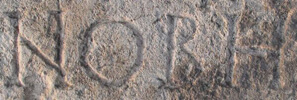
We are pleased to announce that the Centre has received funding under the so-called SPUB. With this funding, we will be able to carry out research work in peace and develop our two field bases in Risan – Montenegro and Novae – Bulgaria. As before, they will be the place of work for researchers – who develop excavation materials – from various scientific centres from Poland and abroad.
On 1 September at 10.00 a.m., we invite you to a programme on TOK FM radio, in which Novae-based Prof. Piotr Dyczek will talk to editor Cezary Łasiczka about archaeological topics, of course.
As the excavations in Novae have been going on for a couple of weeks now it is time for some preliminary information. Research this year is very difficult due to the weather. While in Albania and Montenegro we were decimated by rains and changeable weather, in Bulgaria we are tormented by unbearable heat. Due to the topography in Novae the temperatures in summer are the highest and in winter the lowest in Bulgaria. Our record this year is plus 43 degrees.
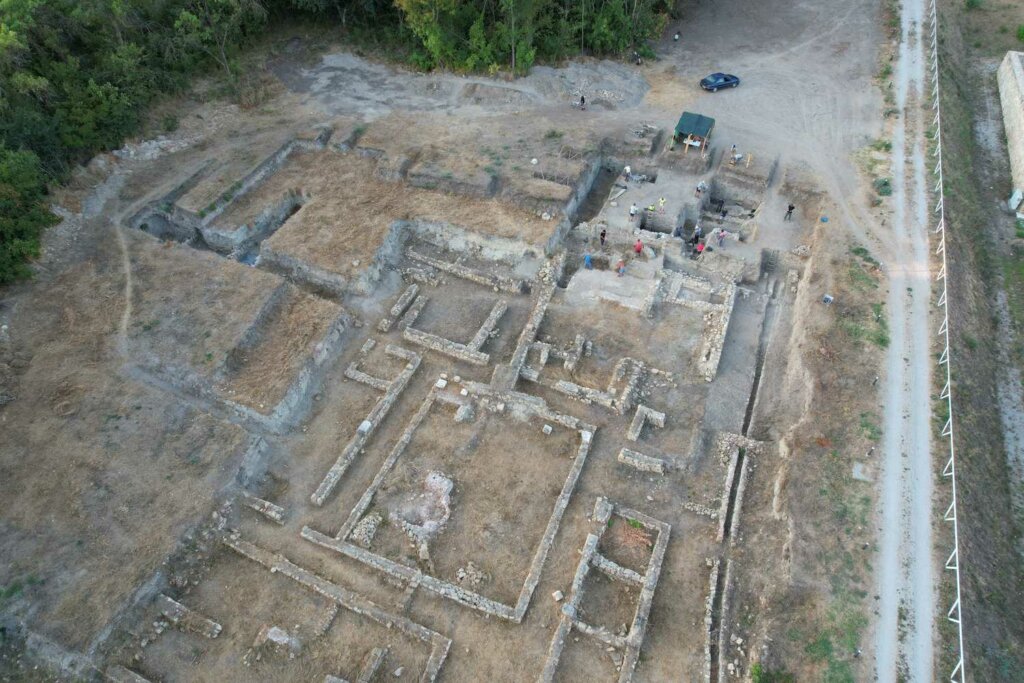
Despite these difficulties, the Centre’s archaeological team is carrying out intensive excavation work with a group of students and PhD candidates from Poland and Romania. This year the field team includes: P. Dyczek, K. Narloch, A. Jarych A. Momot and our “extension” assisting us in Poland B. Wojciechowski and J. Recław (“grounded by family responsibilities” – time flies and “our centre children” are already going to the first grade).
We had to start with some major clean-up work, as the rainy spring and early summer meant that the entire section – which is now almost 1/3 of a hectare – was not only overgrown with grass, bushes and small trees, but erosion had made it necessary to haul away a considerable amount of earth from the section. Widening the exploration area also required cutting down a number of self-sown trees and removing soil deposits. In the past, soil from Bulgarian and Polish excavations from the principia area was deposited here. It was not foreseen that this area would be explored so soon.
However, this work has paid off handsomely, with a wide excavation area providing the opportunity for effective excavation planning. This year we concentrated on the study of the centurion’s house of the 1st centurion of the 1st cohort of Augustus VIII’s legion. It is a timber and earth structure, hence part of the excavation resembling the work of our “prehistoric” colleagues.
The second building we investigated – already made in stone by legionaries of the I Italic legion – is a large complex with a courtyard and peristyle, perhaps the house of the centurion of the 1st centurion of the 1st cohort, or primi pili of that legion. Its southern wing is occupied by an extensive bathhouse of the terraced type. This year we decided to look inside the hypocaustum in one of the rooms, where the floor was damaged. A surprise awaited us, In addition to the round bessales bricks stamped with the stamp of the First Italic Legion, which are very rare in Novae, we came across the well sump that supplied water to the legionaries.
It was used, as an additional support for the floor. The wells were partially backfilled to prevent steam from entering the system. Exploration is very difficult and the well is deep….
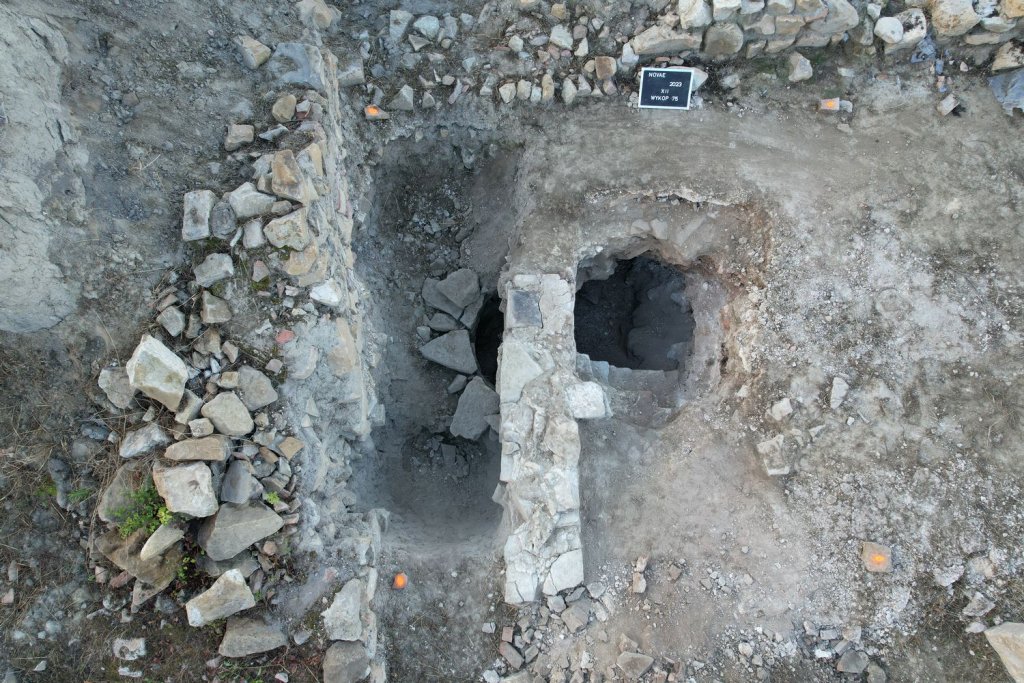
In addition to scientifically important, but not of great aesthetic value, we also have a group of artefacts that are simply pretty and well-preserved. Rare coins, bronze vessel handles with a representation of a female face and a lion’s head. There is also an object that combines aesthetic and scientific value. It is probably the first Isis figurine with a small Horus discovered in Novae. The importance of the cult of Isis in Novae was apparently very high. The inscriptions show that there was a temple to this Egyptian goddess in the Novae area. Now we have confirmation that a private cult was also cultivated Due to the mythological context, the cult of Isis was of great importance here.
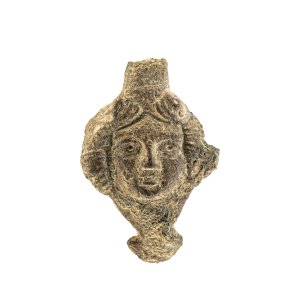
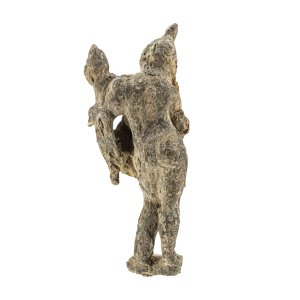
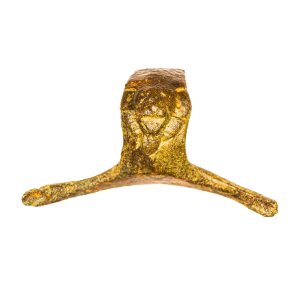
The daily work of the archaeologist is no longer so romantic, as our trainees (probably still living the Indiana Jones myth at times) found out by laboriously removing grass cuttings from the section, levelling profiles, and even, of horror…. had to get along with wheelbarrows and shovels. Of course, there is also the theory and practice of drawing, the operation of measuring equipment and many other ancillary activities about this already extra information.
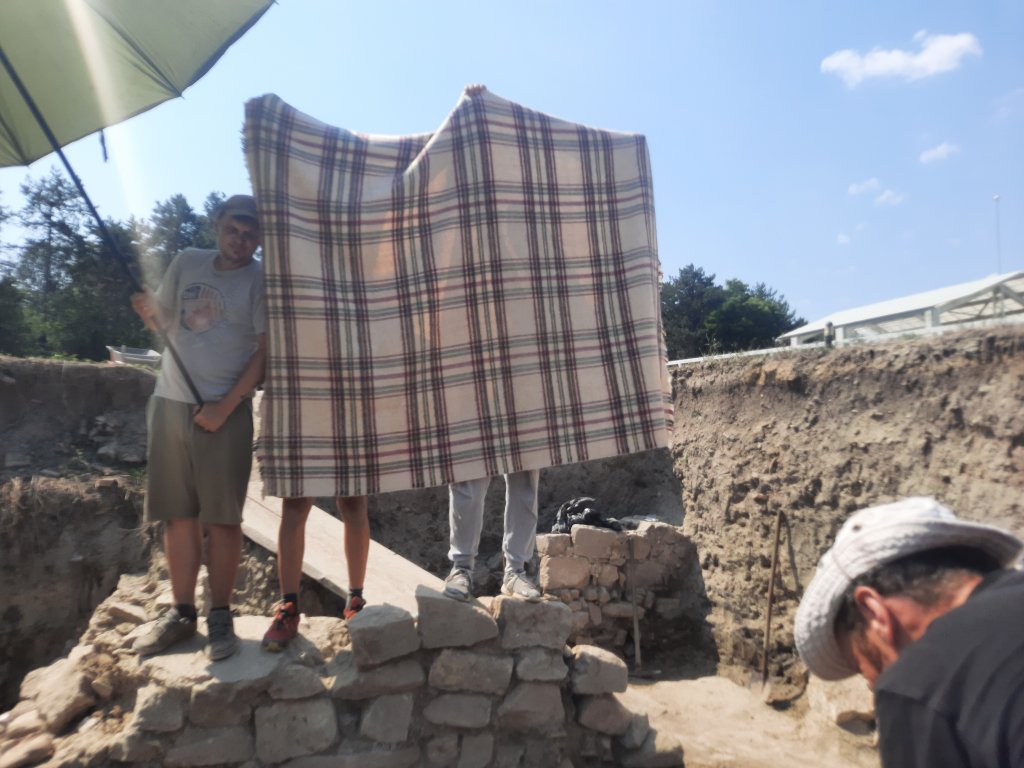
….it is all in the name of love to archaeology….
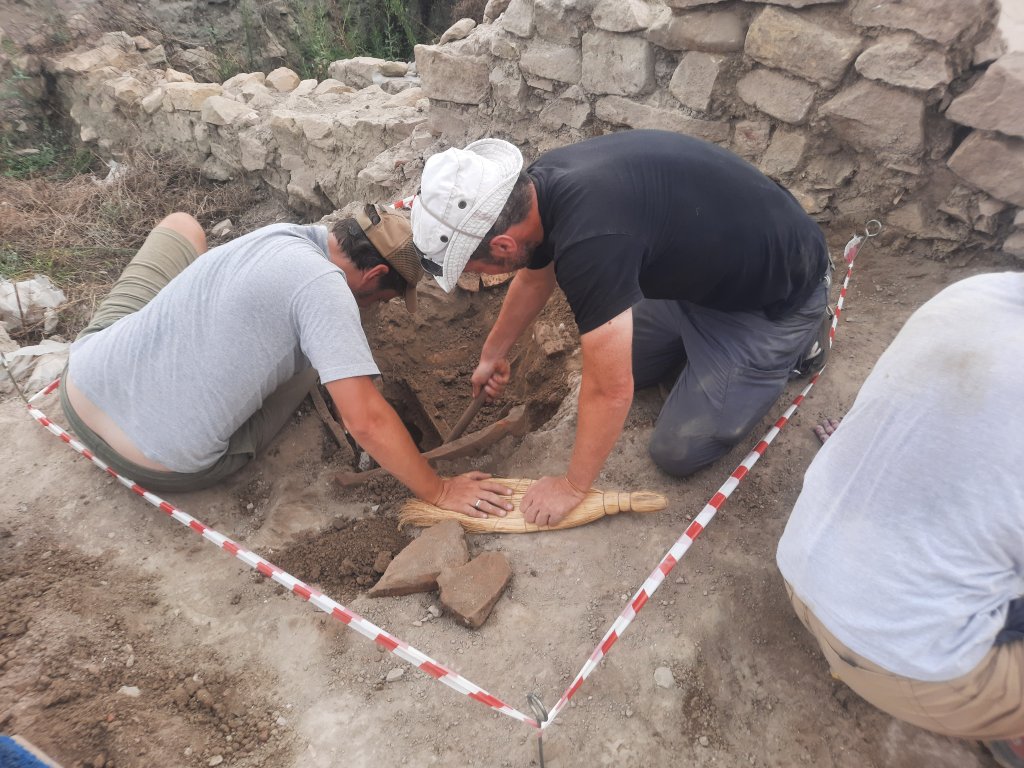
We will post further news as the work progresses.
